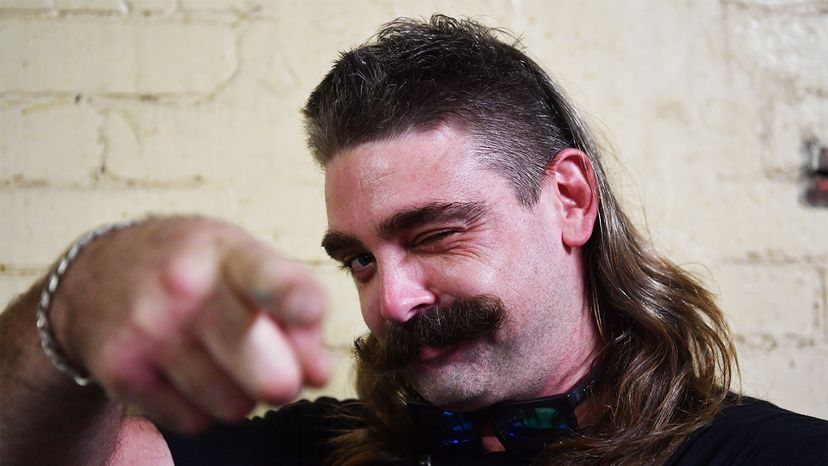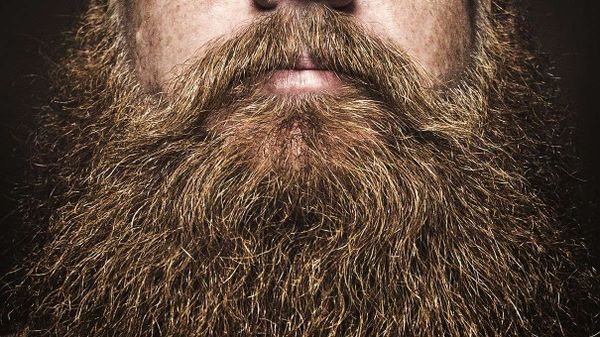According to her comprehensive piece for History.com, Linda Lacina writes that "literature's first mullet mention may have come from the ancient Greek poet Homer — in "The Iliad," he described the Abantes, a group of spearmen, as wearing 'their forelocks cropped, hair grown long at the backs.' In fact, the mullet (also known, by the way, as the Kentucky Waterfall and the Missouri Compromise) may have been a somewhat common, if not practical, choice in ancient — even prehistoric — times.
In a story for Dazed Digital, Oliver Lunn references the book "Mullet Madness," in which author Alan Henderson says that "prehistoric peoples would likely have discovered the practical benefit of cutting their fringe to keep it out of their eyes while extra growth at the back would keep their necks warm and protected from the rain." Lunn also points out there are also Greek statues that date back to the 6th century B.C.E. that "show mullets were at the inception of western culture." And of course, Ancient Roman chariot racers, as well as 16th century Hittite warriors, the Assyrians, and the Egyptians all sported "hockey hair" long before the look was associated with that particular sport.
It seems mullets began to be the butt of jokes sometime in the 19th century. In 1855's "Adventures of Huckleberry Finn," Mark Twain writes that Tom Sawyer called his aunt and uncle 'confiding and mullet-headed.' And apparently he didn't mean either of those things as compliments. That, however, didn't stop any higher-ups from adopting the look. According to Dennis DiClaudio of Men's Health Magazine, James K. Polk, who occupied the White House from 1845 to 1849 "has the distinction of being the only sitting president to sport a mullet."
As the years went on, the mullet was interpreted in a multitude of ways. While music legend David Bowie rocked what Barney Hoskyns, author of "The Mullet: Hairstyle of the Gods" called "the only cool mullet that there's ever been," Dylan Jones, editor of GQ UK, argued that "mullet" itself is "a very pejorative word ... and (Bowie's Ziggy hair) wasn't a mullet." Whether you consider Bowie's locks an accurate representation of the mullet or a subversive response to its status as a cultural staple, we can all admit the mullet had a moment in Bowie's heyday of the 1970s, and continued to gain traction into the '80s and '90s.



